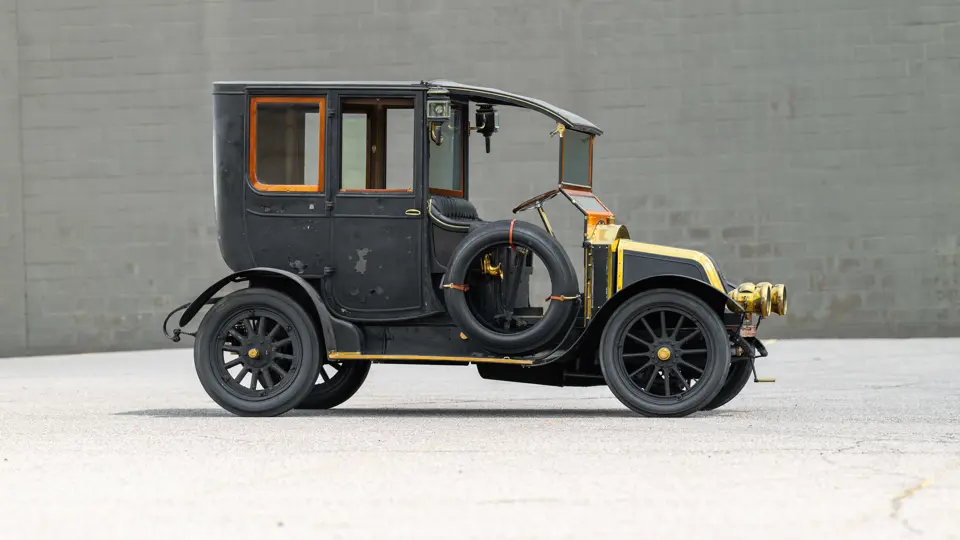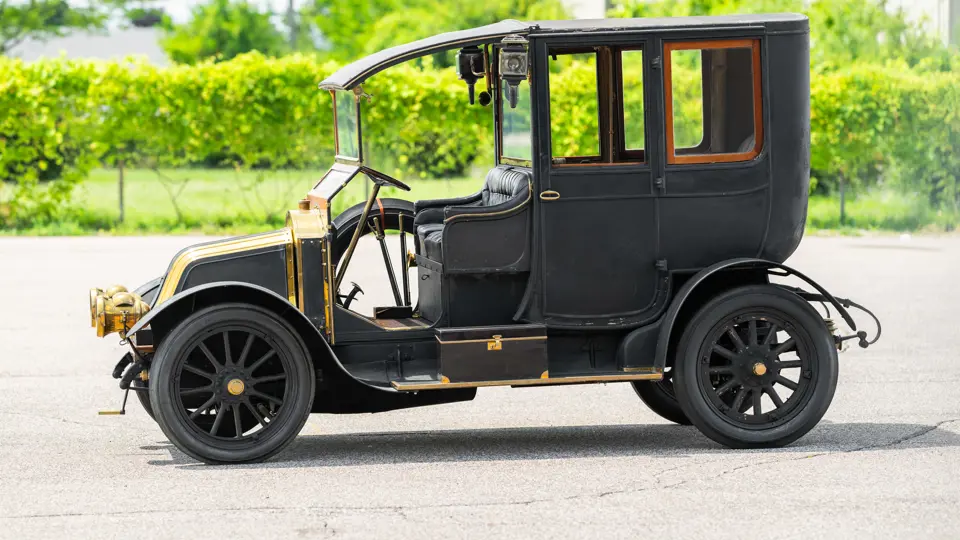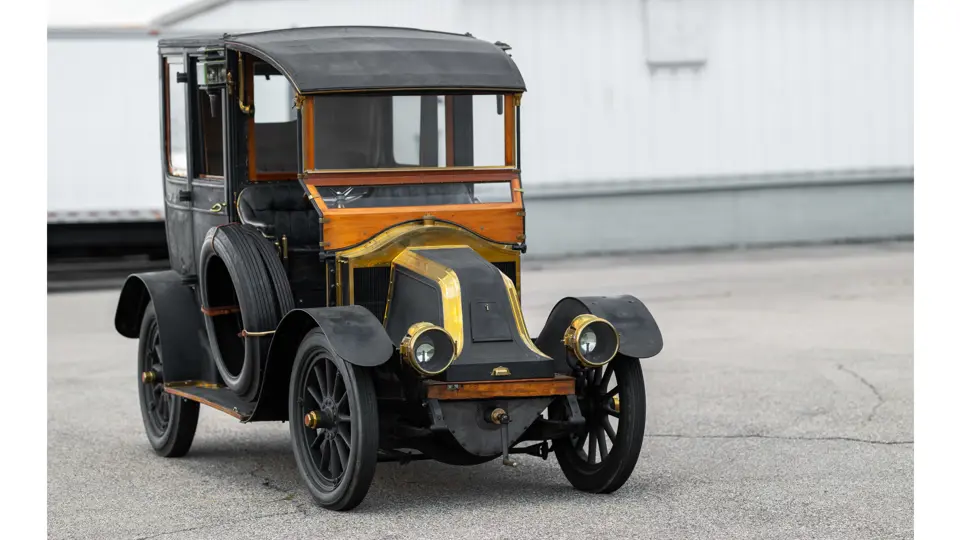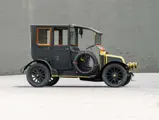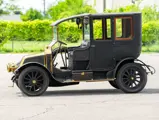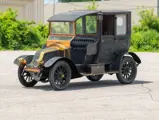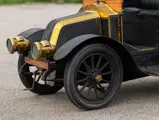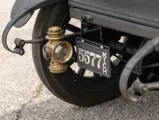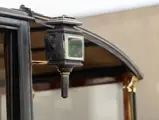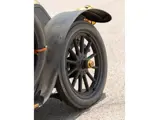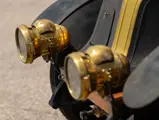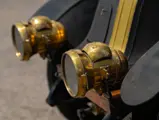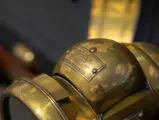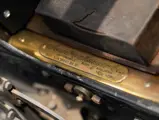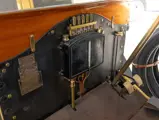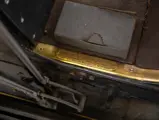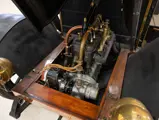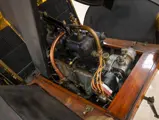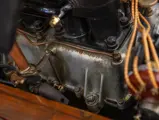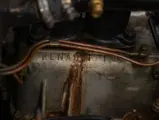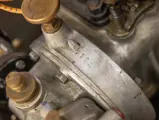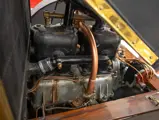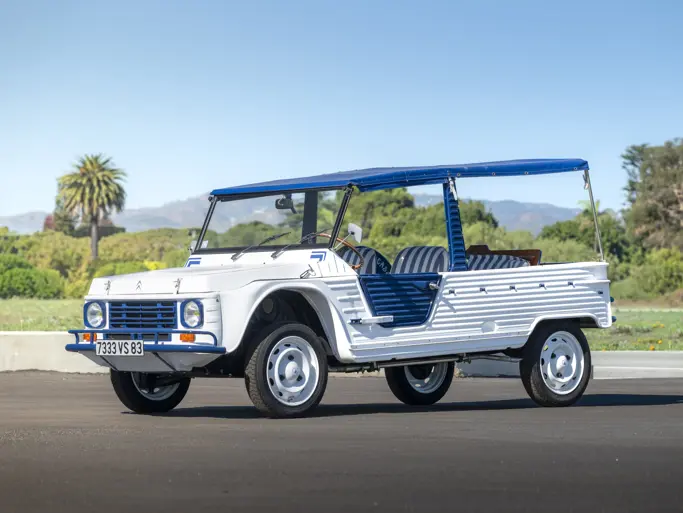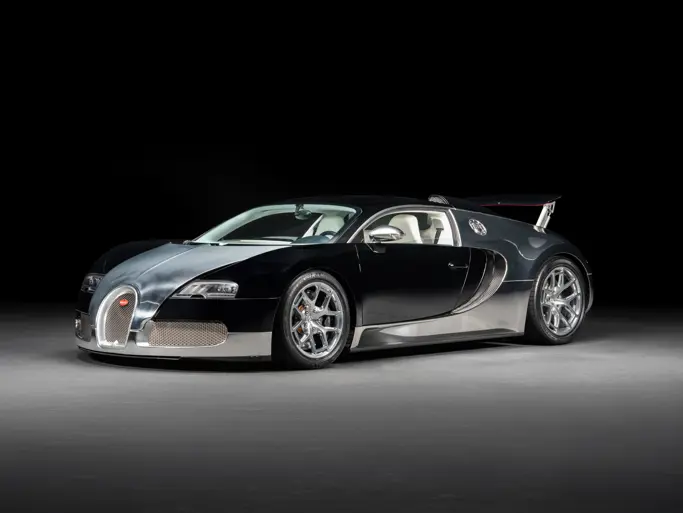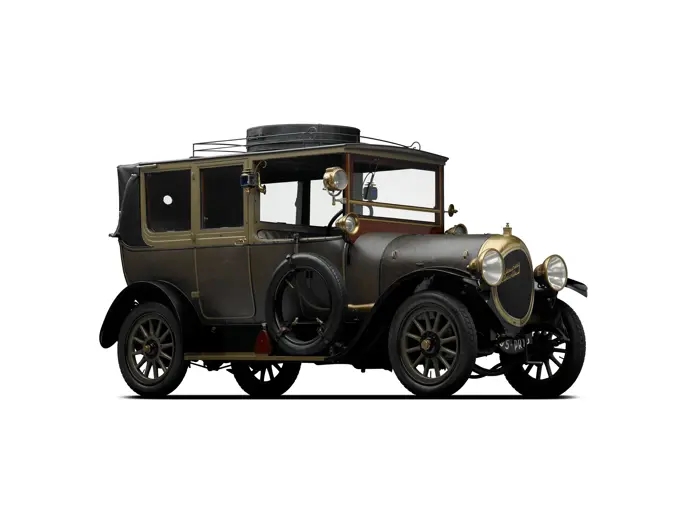
1910 Renault Type BZ Town Car by Moore & Munger
{{lr.item.text}}
Sold
The Terence E. Adderley Collection
{{bidding.lot.reserveStatusFormatted}}
- Largely original and well-preserved condition
- Superb French engineering and American custom coachwork
- Imposing, dignified, and in a remarkable state of preservation
The French Renault enjoyed much popularity on both sides of the Atlantic during the 1910s for its excellent quality of engineering and its distinctive front end, created by a radiator that was actually mounted aft of the engine. Larger models, and even more mid-sized offerings such as this 1910 Type BZ, with its 2,412-cubic-centimeter four-cylinder engine rated at 12 horsepower, were a popular basis for custom coachwork.
In the case of this example, brass plates on the bodywork identify the coachbuilder as Moore & Munger, a Manhattan firm known as a supplier of bodies to the top echelon of New York City automobile dealers from 1904 to 1915. Moore & Munger was noted for their work on French vehicles, most prominently Renault, and was one of the first coachbuilders to employ aluminum in their bodies, rather than the wood construction many had carried over from the horse-drawn carriage trade.
While this Type BZ was previously purported to have been originally owned by John Jacob Astor IV and discovered by pioneering collector George Waterman at Astor’s Newport, Rhode Island “cottage,” Beechwood, much research into New York registrations of the period have been unable to tie the car to Astor in any sense, nor does it appear in surviving inventories of the Waterman Collection. Indeed, its first documented appearance was its acquisition in 1955 by 14-year-old Ken Gooding, in whose ownership it remained for years, and was listed by engine number in the 1957 and 1961 Antique Automobile Club of America directories.
The car was eventually purchased by noted collectors Helmut and Ivone Peitz of Germany and Portugal, then sold from their stable in 2013 to the late Terence E. Adderley, in whose collection it has been displayed for over a decade. Today it remains in mostly original condition, including its rear compartment upholstery—stuffed with horsehair and hand-embroidered—and the speaking tube for communicating with the chauffeur. Overall, it is a splendid survivor of its era in the most honest sense, with a regal look and patinaed charm sure to win it many new fans.




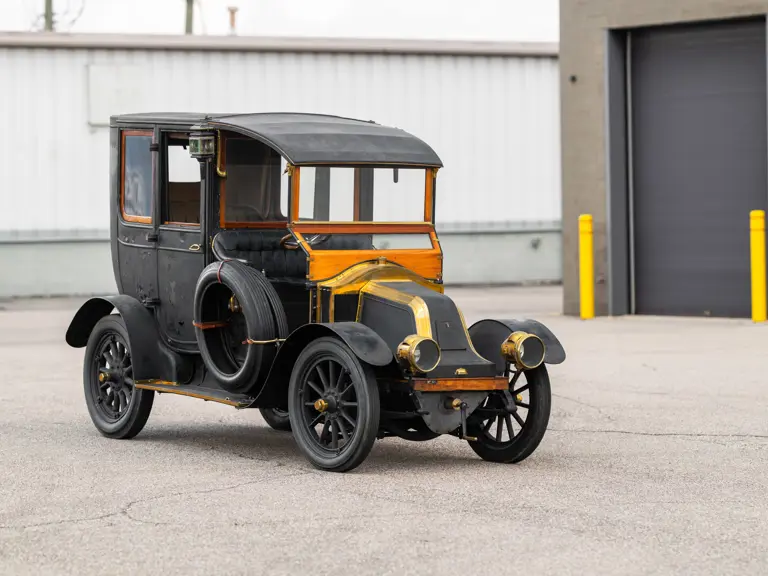
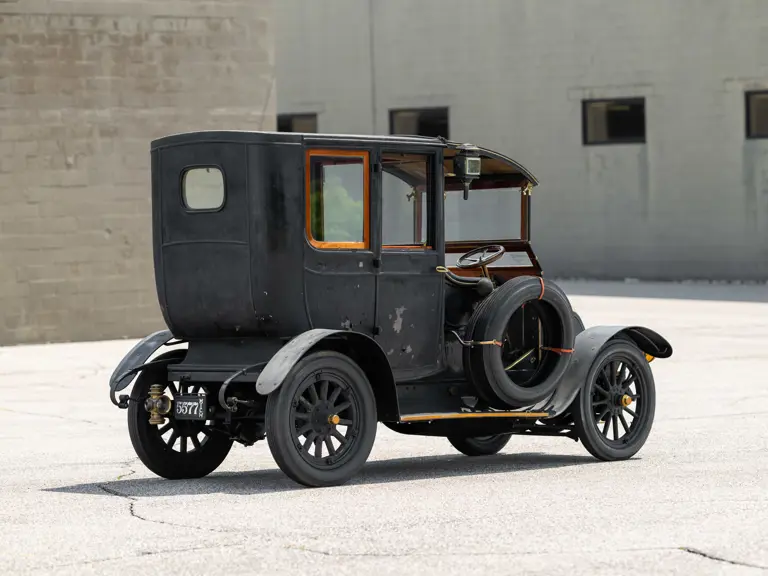
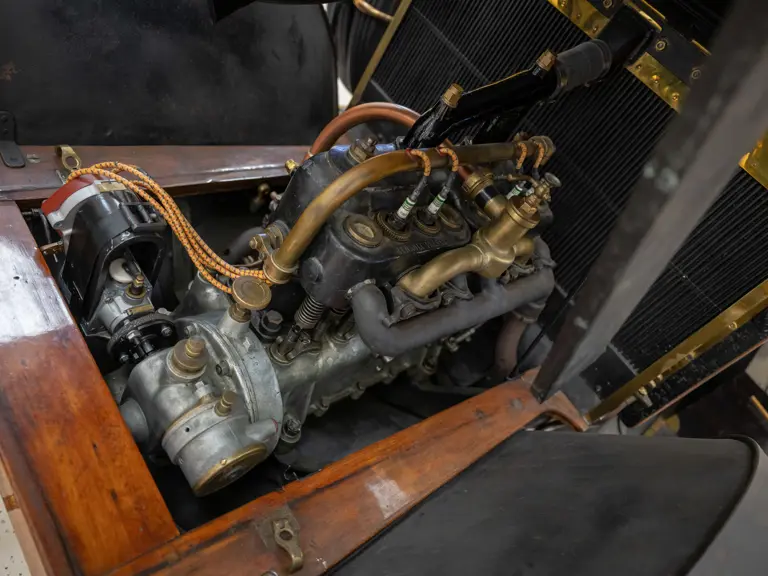
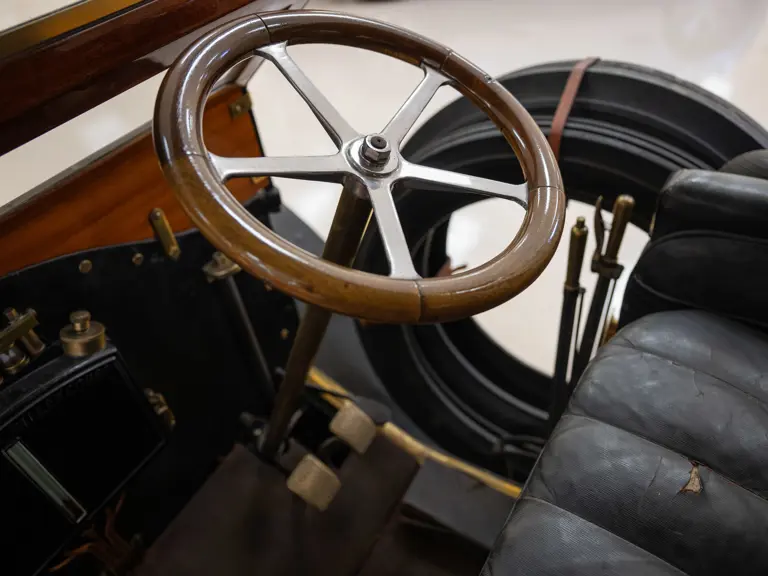

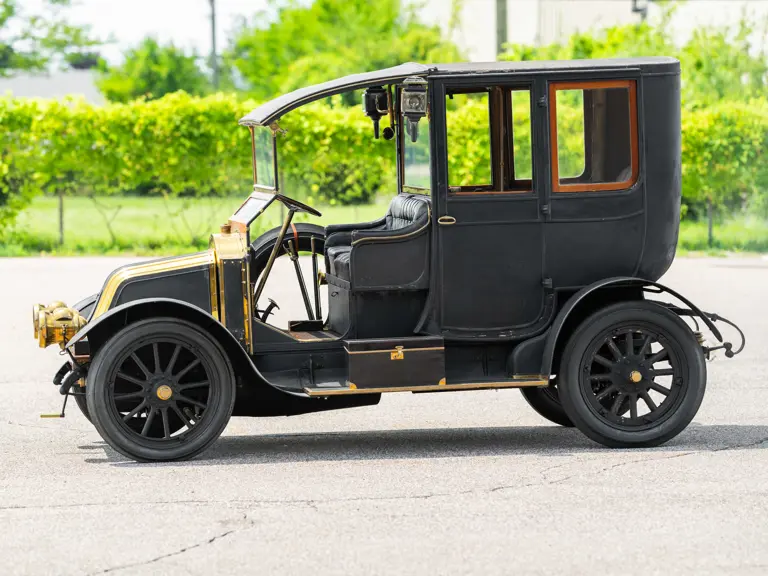
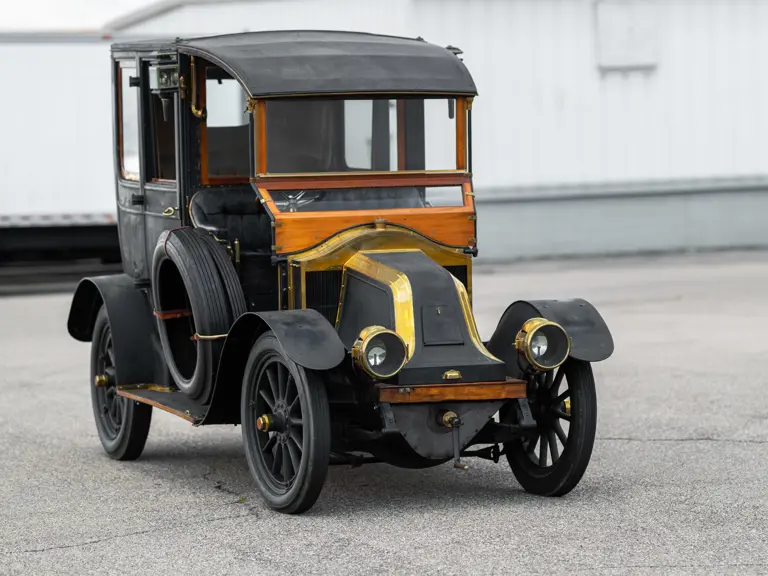
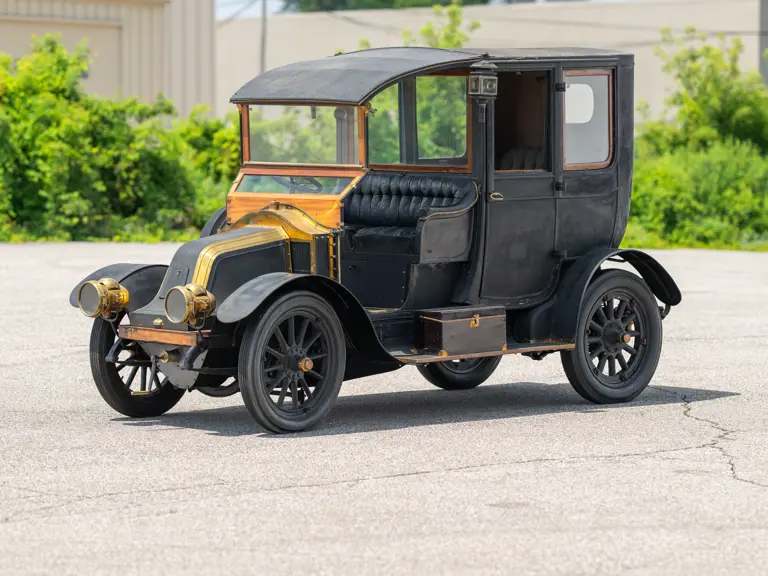
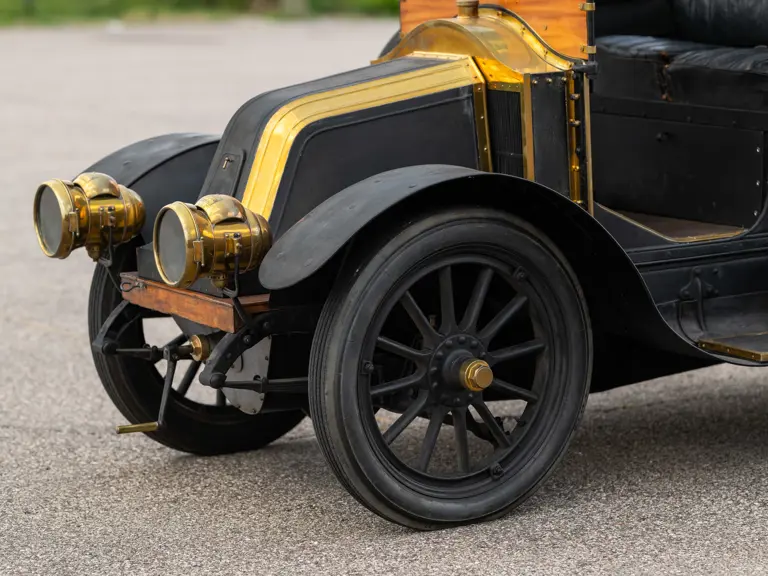
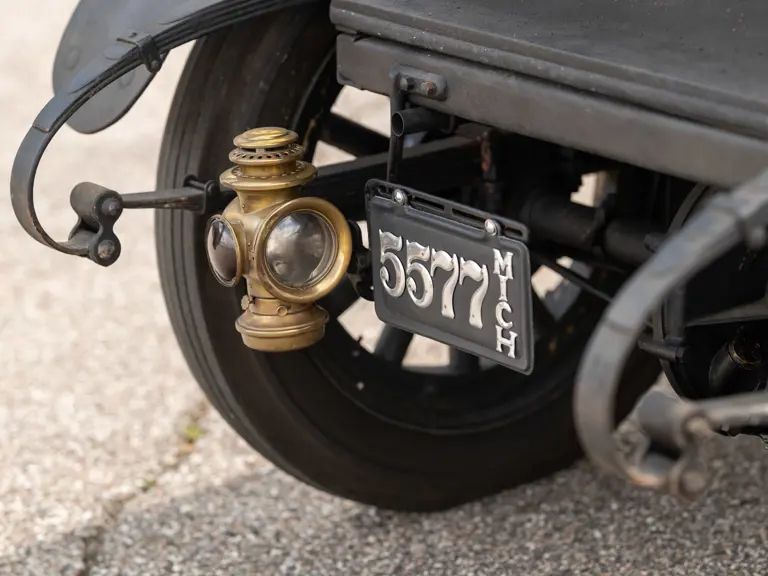
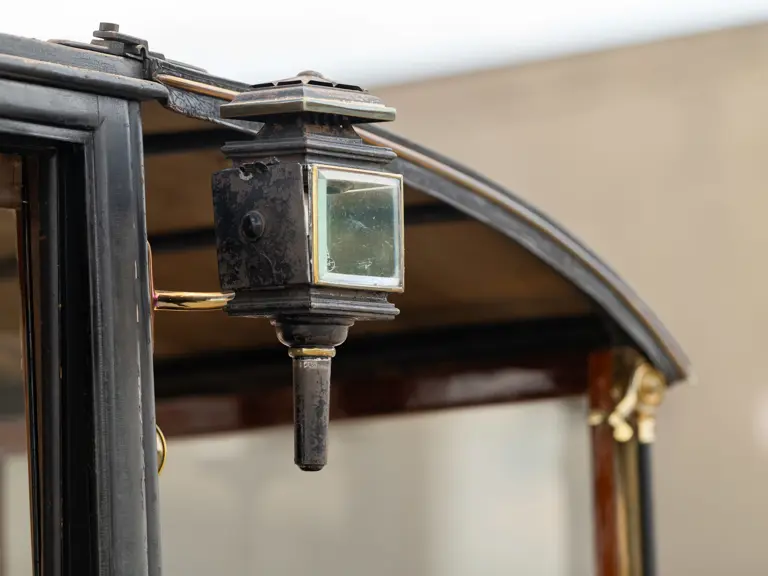
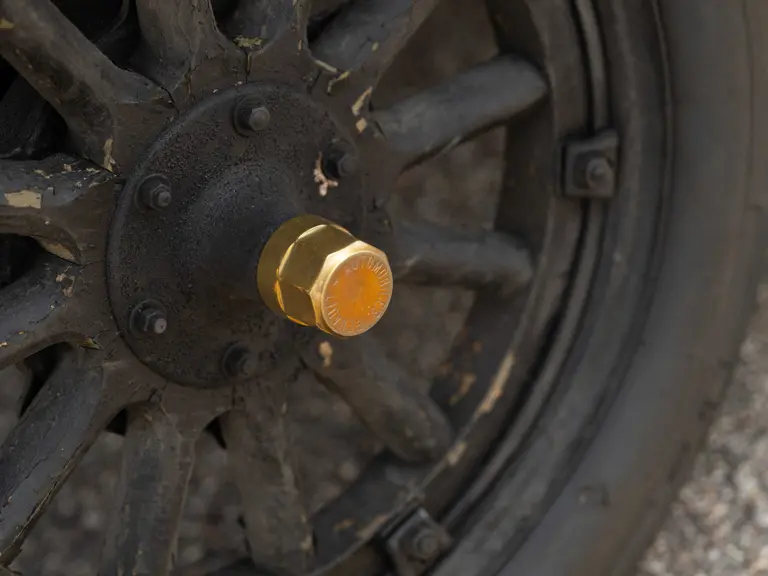
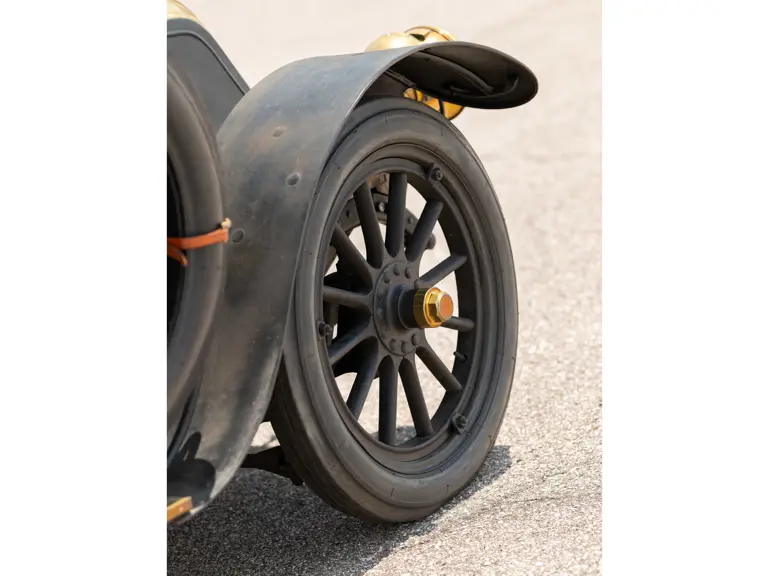
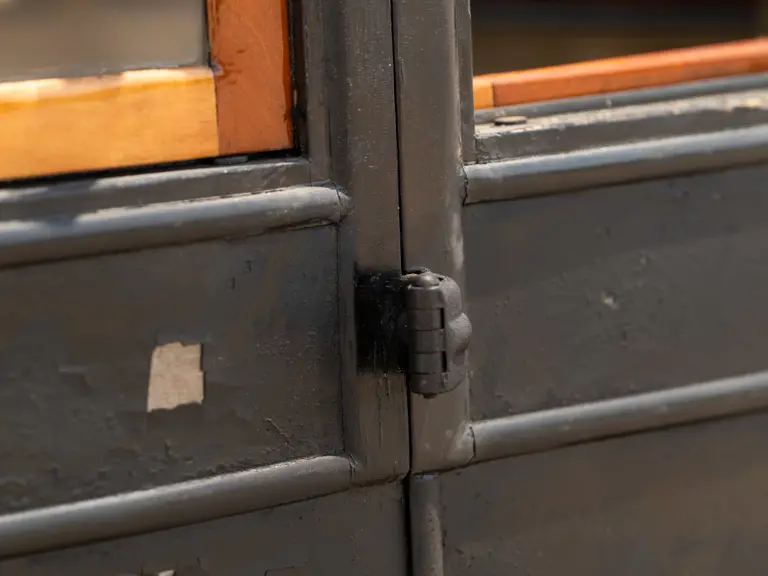
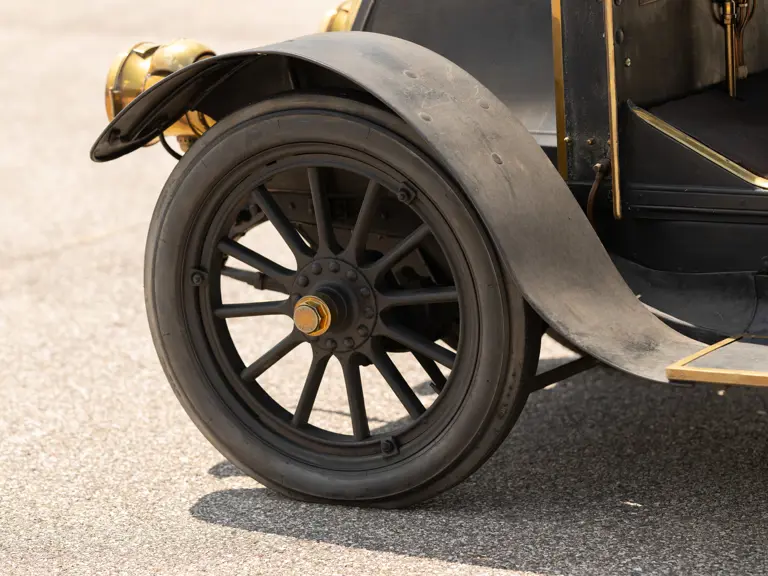
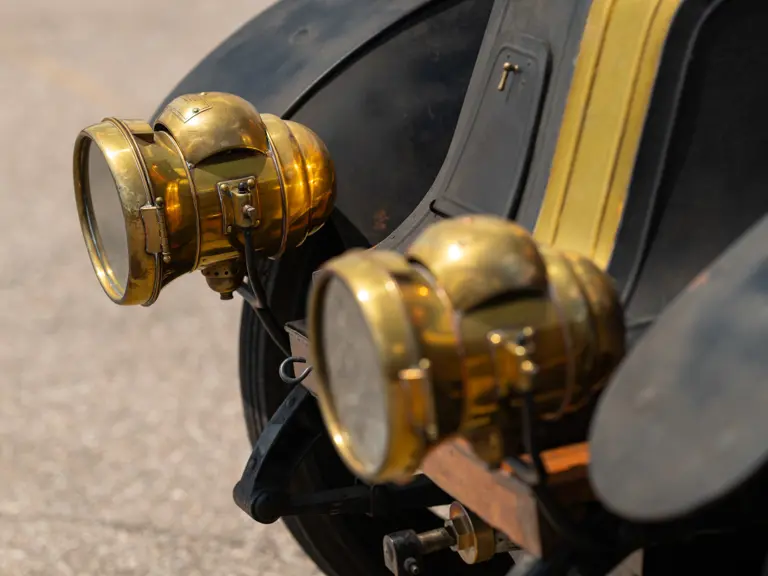
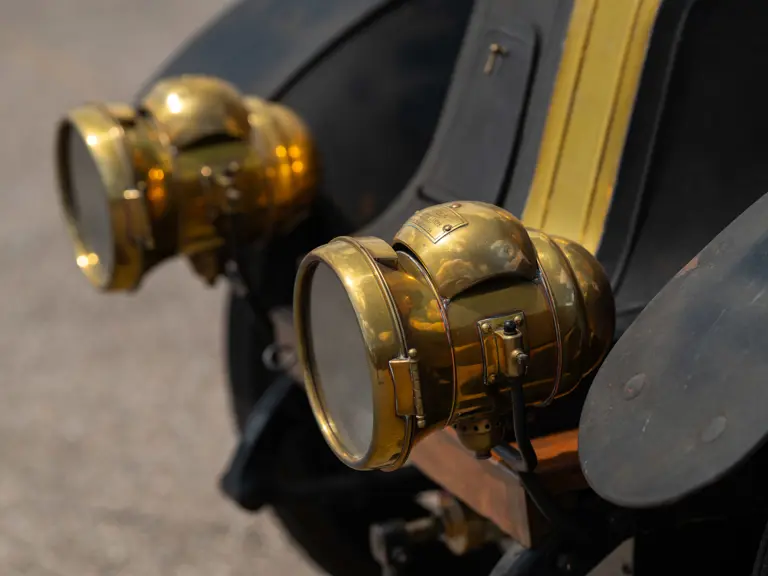
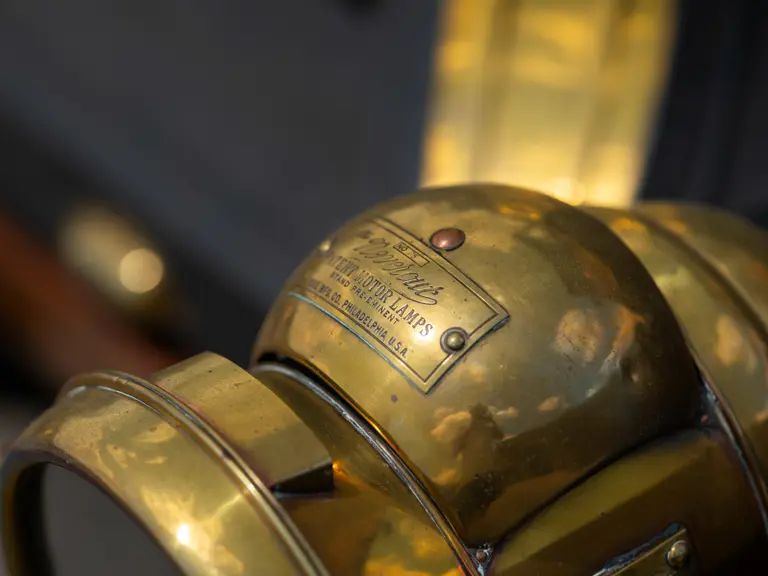
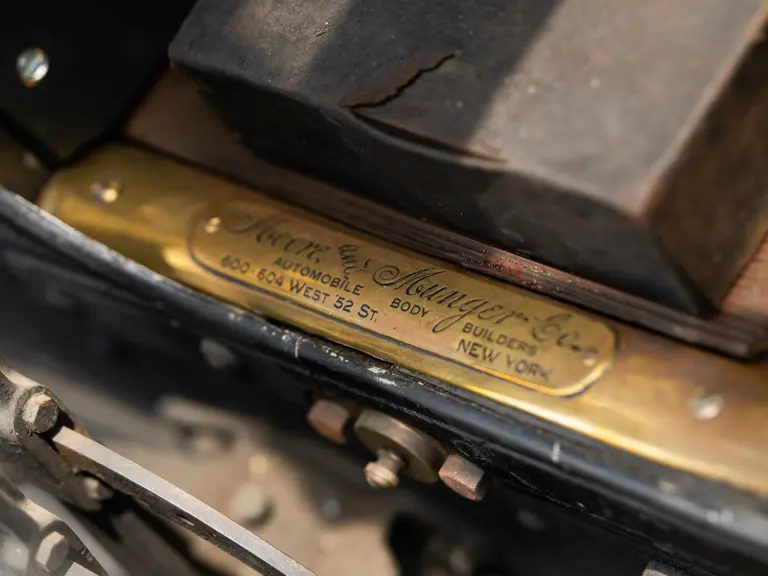
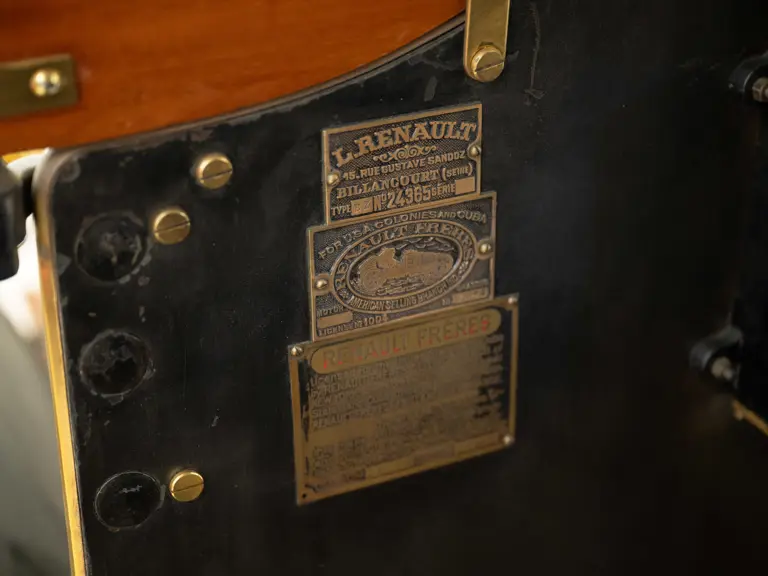
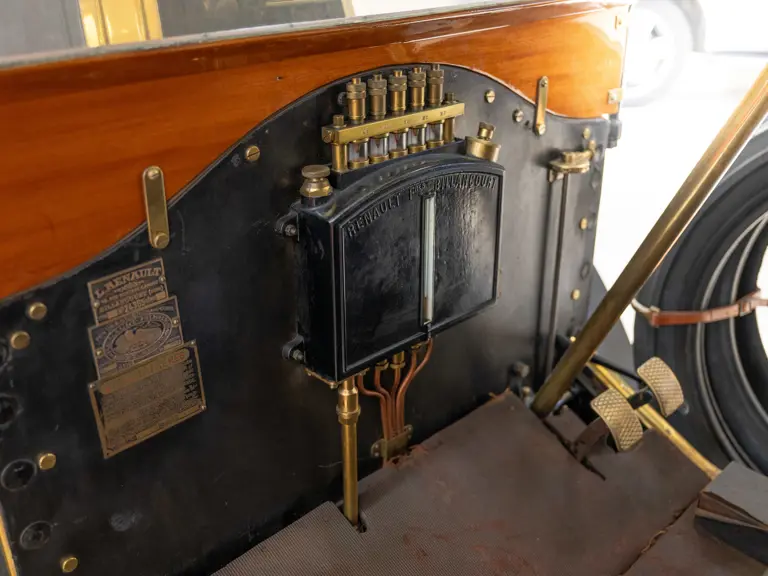

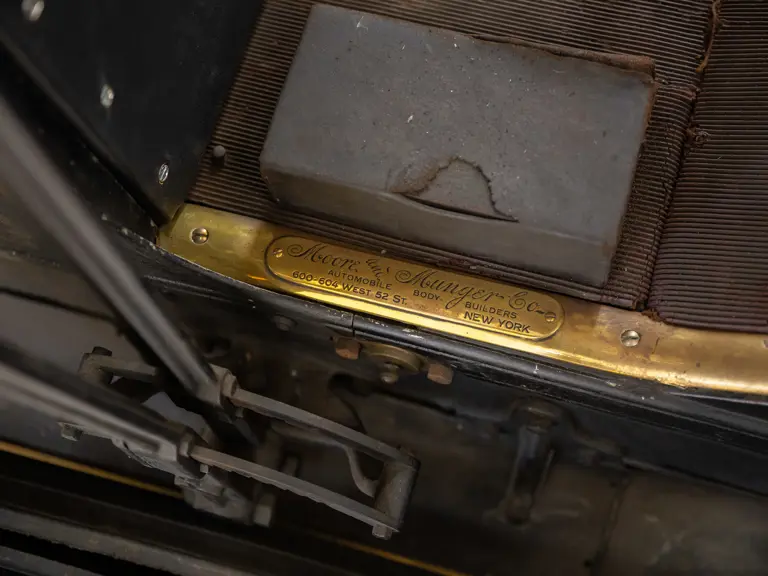
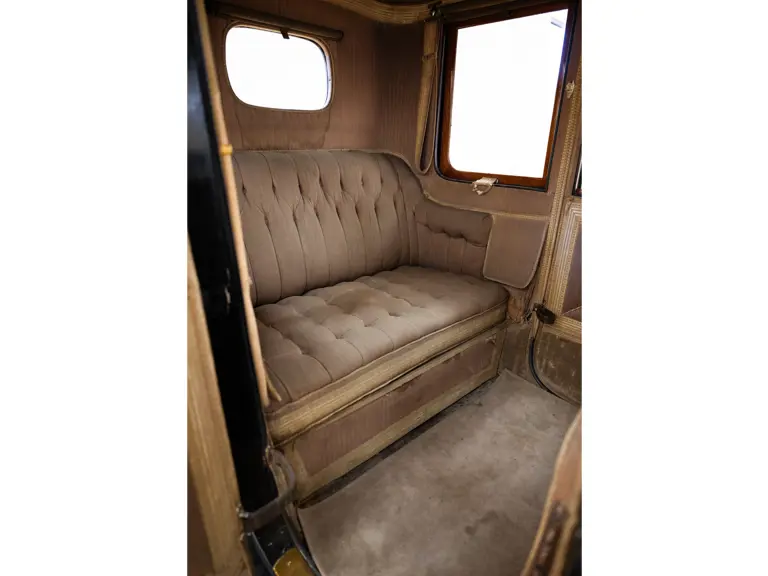
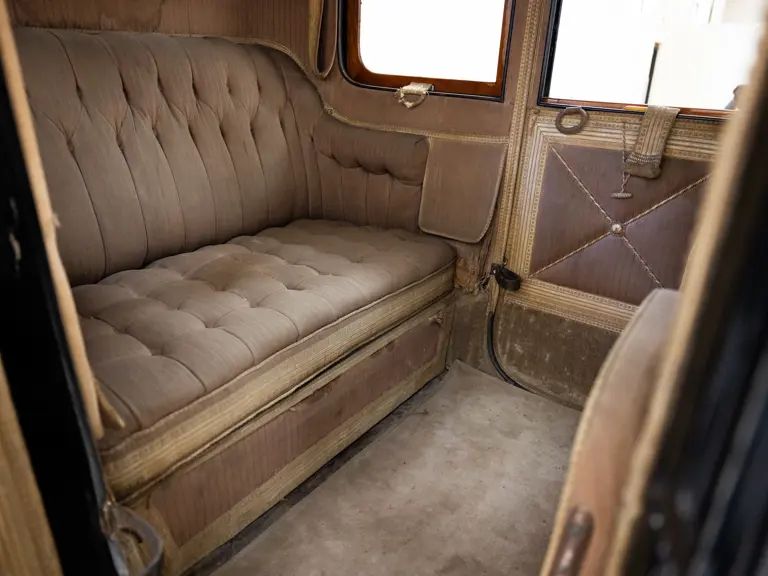


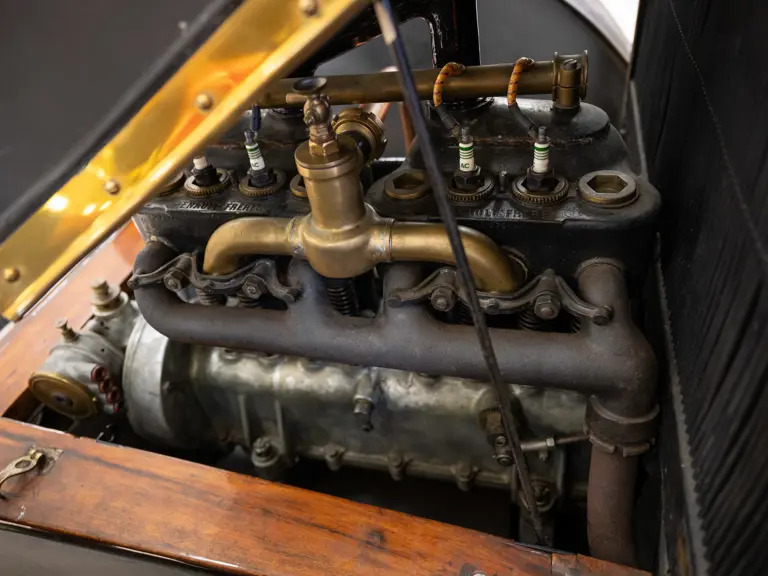
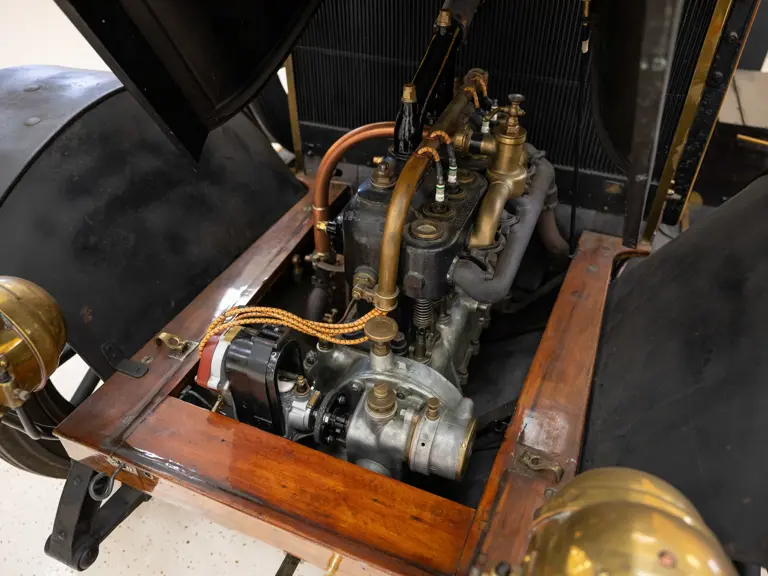

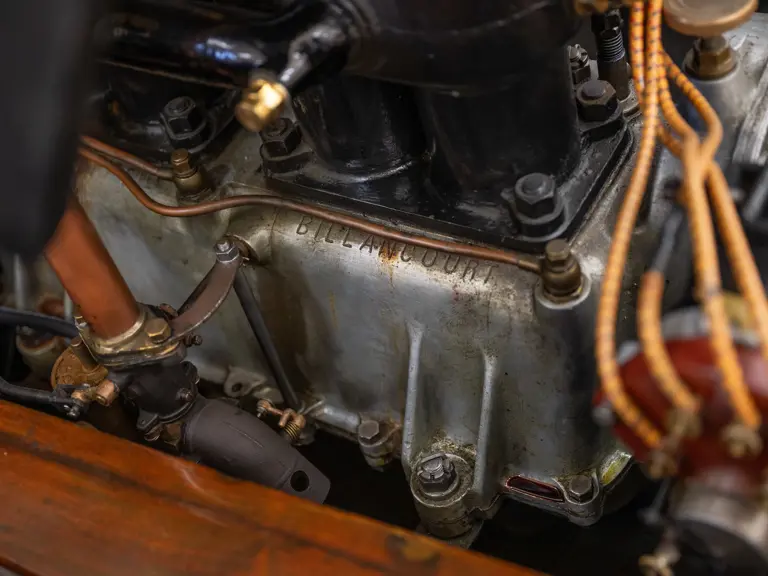

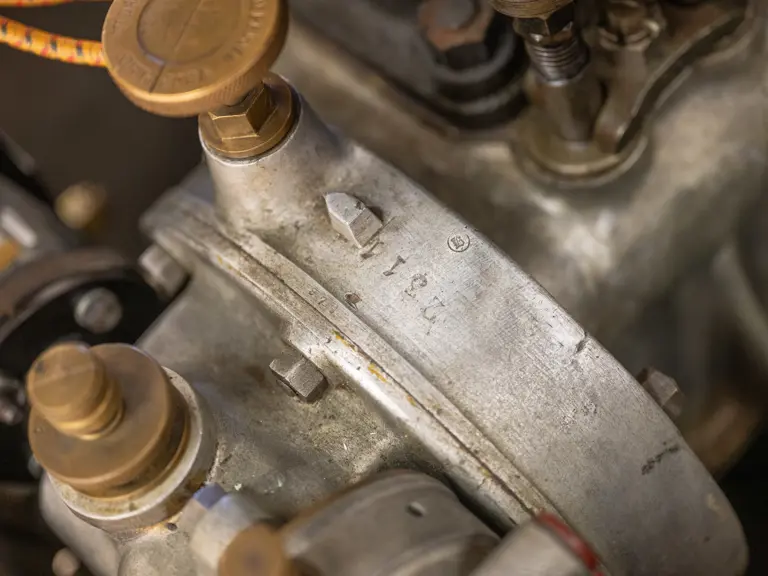
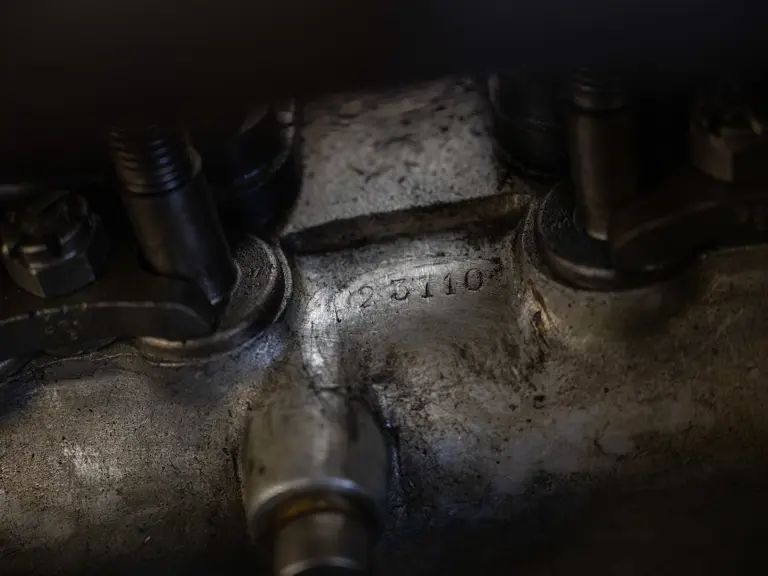
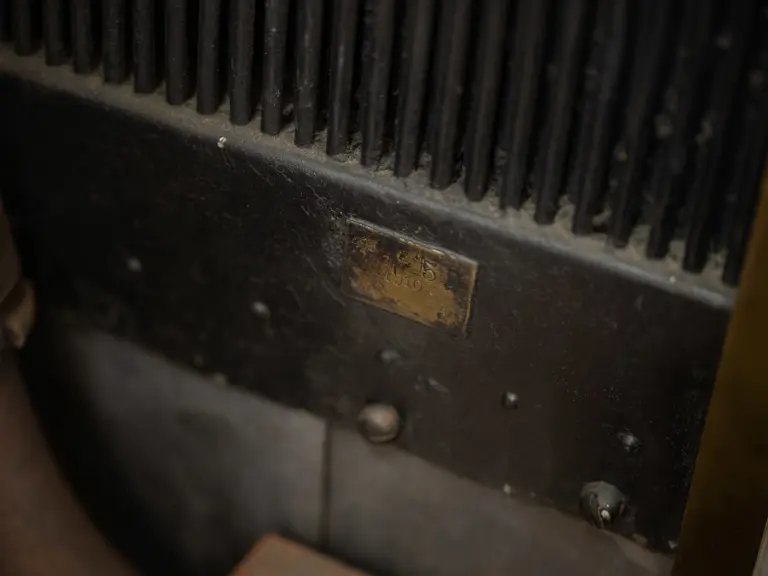
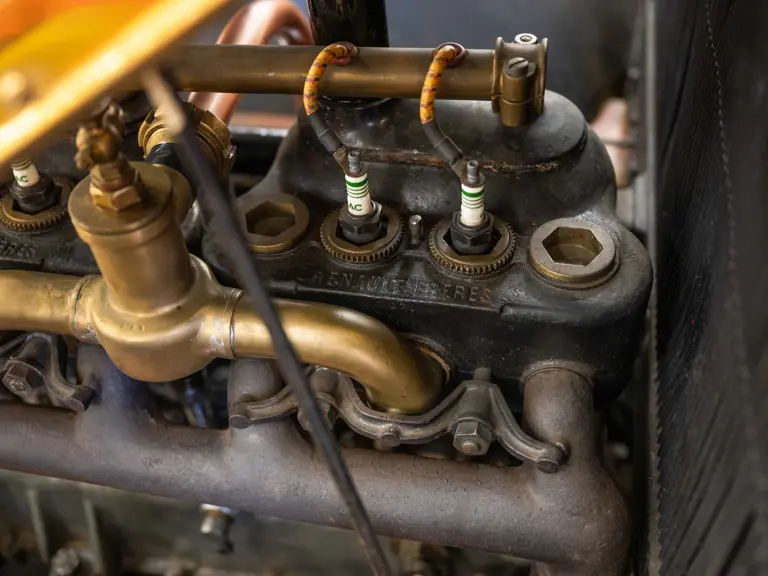

 | Hershey, Pennsylvania
| Hershey, Pennsylvania
